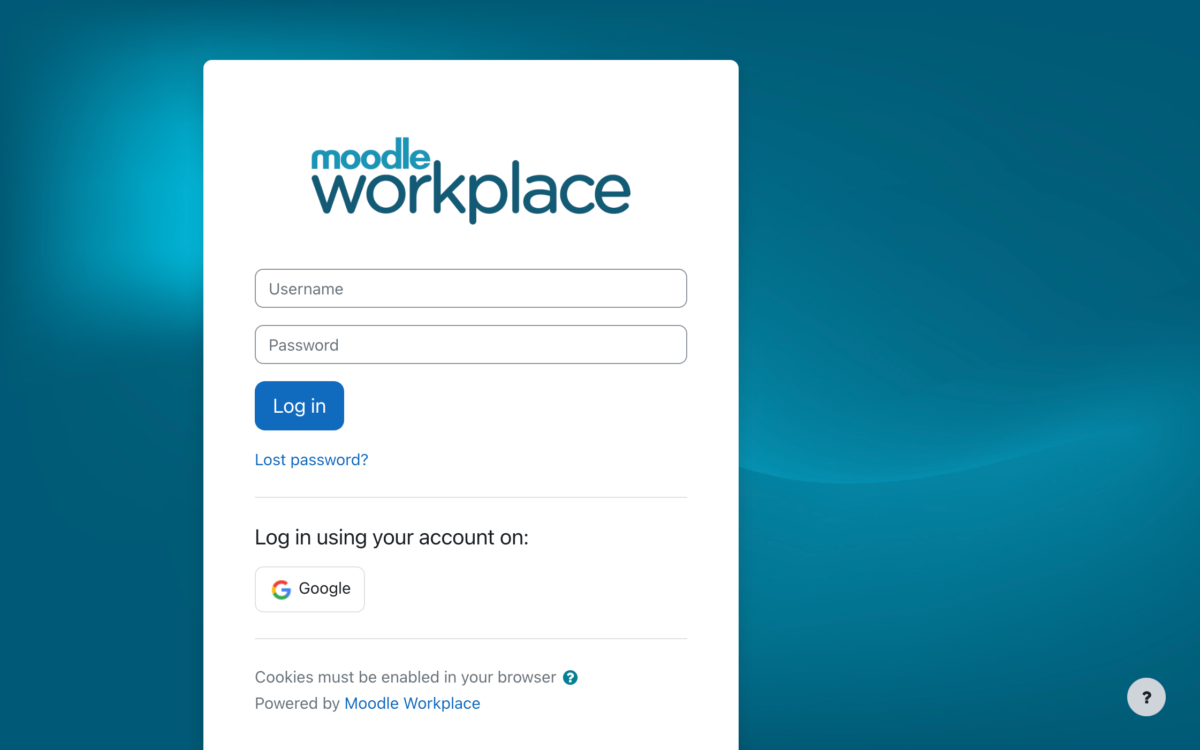Microlearning means short, high impact bursts of learning. This term reflects their small scale and value as rich learning experiences.
However, many people also use ‘microlearning’ to mean content that supports performance at the point of need; what Deloitte’s Josh Bersin calls “I need help now”.
Here are 9 tips to help to shape microlearning in your organisation.
1. Keep to the point
Only cover one objective or one facet of a subject in each piece of microlearning.
2. Don’t sacrifice richness
Microlearning needs to work hard to capture and motivate the user in such a small space. Make sure content is rich and memorable.
3. Design for reuse
Microlearning can be mixed, matched and recombined for different audiences and learning experiences. Make sure your learning can stand alone enough to give you maximum flexibility.
4. Design a learning curve
Introduce complex subjects slowly over a series of microlearning nuggets. This allow users to get their head around the topic in short stages and allows more experienced users to jump in at the point that’s relevant to them.
5. Do your research
Reach out to your audience. Time is tight – what do they really need.
6. Cut the fluff
Keep your writing tight and direct, and minimise text.
7. Try mixing media
Don’t just think in terms of elearning modules. Other media like videos, podcasts, short games, ebooks and podcasts can also work well.
8. Design for mobile phones first
Microlearning is a great way to spend five minutes between meetings or in the bus queue. Make sure learners can access it on their own terms by designing with the smartphone as the key platform.
9. Make it shareable
Sometimes, splitting a subject up into small chunks might be distracting. If people need to concentrate on a subject for longer than a few short minutes to get the full picture, then look for longer learning experiences.







